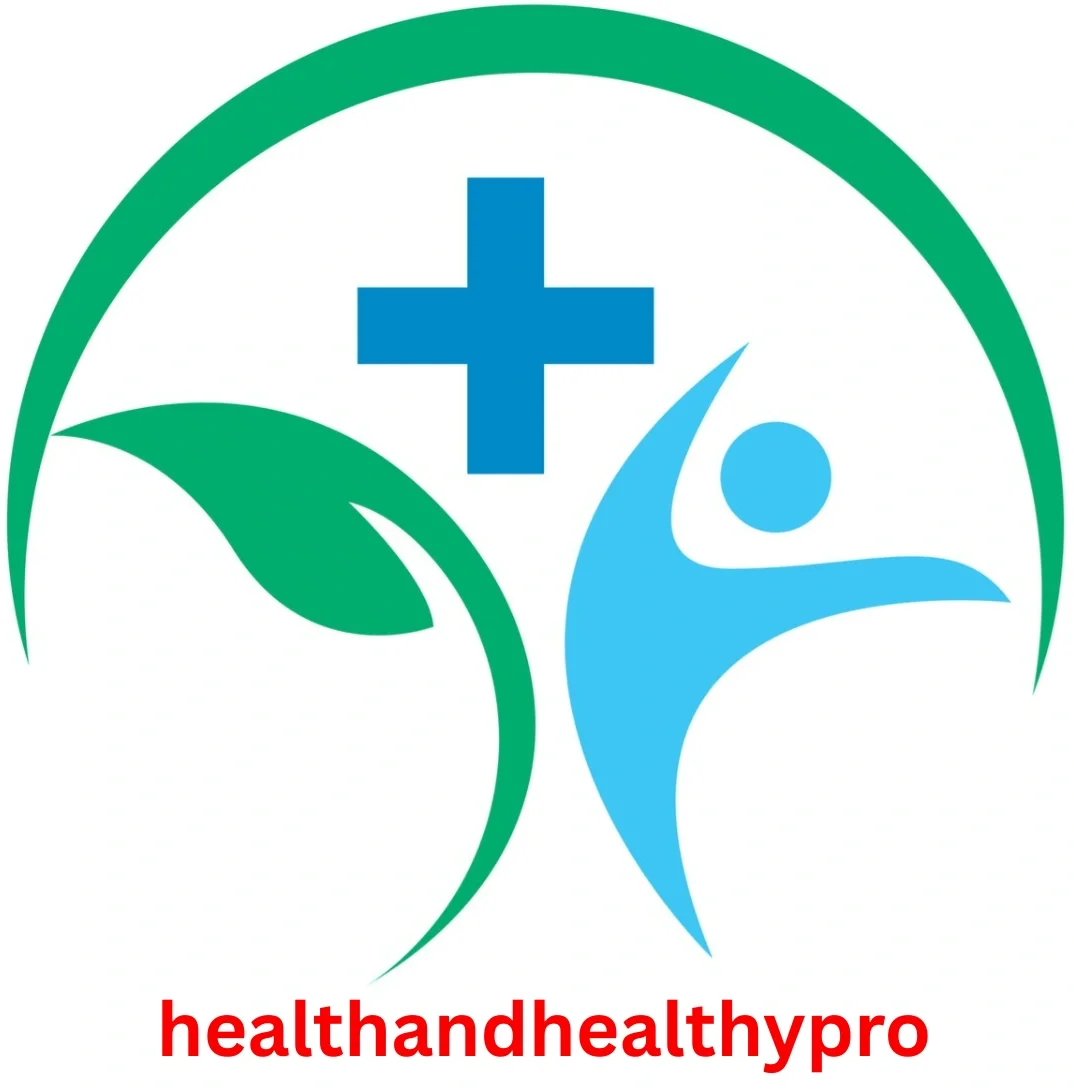
Introduction of 6 Months Postpartum Body: Understanding Changes, Recovery, and Self-Care
The journey of motherhood brings profound physical and emotional transformations. By the six-month postpartum mark, many women begin to notice significant shifts in their bodies. While some may feel closer to their pre-pregnancy selves, others may still be adapting to new changes. This phase is a crucial time for recovery, self-care, and embracing the body’s resilience.
This guide explores the physical and emotional changes at six months postpartum, offers practical recovery strategies, and provides tips for maintaining overall well-being.
Physical body Changes at Six Months Postpartum
Weight and Body Composition
Pregnancy and childbirth significantly alter a woman’s body, and by six months postpartum, many experience noticeable changes in weight and muscle tone. Some women lose most of their pregnancy weight, while others may retain extra pounds, especially if breastfeeding. Hormonal fluctuations, sleep deprivation, and dietary adjustments all play a role in postpartum weight management.
Breastfeeding can aid in weight loss for some women, as it burns additional calories. However, others may hold onto fat stores due to prolactin, the hormone responsible for milk production. It’s important to focus on nourishing the body rather than rapid weight loss, as extreme dieting can affect milk supply and energy levels.
Abdominal Recovery and Diastasis Recti
The abdominal muscles stretch significantly during pregnancy, and many women experience diastasis recti—a separation of the rectus abdominis muscles. By six months postpartum, some women notice improvement, while others may still have a noticeable gap.
Gentle core exercises, such as pelvic tilts and transverse abdominal engagement, can help strengthen the muscles. However, high-intensity ab workouts or heavy lifting should be avoided until the muscles have properly healed. Consulting a physical therapist specializing in postpartum recovery can provide personalized guidance.
Pelvic Floor Strength and Function
The pelvic floor undergoes immense strain during pregnancy and childbirth, leading to potential issues such as urinary incontinence, pelvic pain, or discomfort during intercourse. At six months postpartum, some women may still experience weakness in this area.
Pelvic floor exercises, such as Kegels, can help restore strength and function. For persistent issues, a pelvic floor physical therapist can offer targeted treatments to improve muscle coordination and support.
Breast Changes and Nursing Adjustments
Whether breastfeeding or not, breasts often undergo noticeable changes by six months postpartum. Nursing mothers may experience fluctuations in milk supply, while those who have weaned might notice changes in breast size and firmness.
Stretch marks and sagging are common due to the rapid expansion and contraction of breast tissue. Wearing a supportive bra and maintaining skin hydration can help improve comfort and appearance.
Skin and Hair Transformations
Postpartum hormones can lead to various skin and hair changes. Many women experience postpartum hair shedding around three to four months, which may start to slow by six months. Thinning hair is temporary, and new growth typically returns within a year.
Skin changes, such as stretch marks and hyperpigmentation (like melasma or the “pregnancy mask”), may fade but often remain visible. Consistent skincare, hydration, and sun protection can help improve skin texture and tone.
Postpartum Recovery Strategies

Nutrition for Healing and Energy at 6 months postpartum
At six months postpartum, your body is still recovering from pregnancy and childbirth while adapting to new demands—whether you’re breastfeeding, chasing a mobile baby, or simply navigating sleep deprivation. Proper nutrition plays a vital role in restoring energy, supporting tissue repair, and maintaining emotional balance.
Key Nutrients for Recovery
- Protein: Essential for repairing tissues and maintaining muscle strength. Include lean meats, eggs, beans, lentils, and Greek yogurt in your meals.
- Iron: Replenishes blood loss from delivery and combats fatigue. Prioritize iron-rich foods like spinach, red meat, lentils, and fortified cereals, paired with vitamin C (citrus fruits, bell peppers) to enhance absorption.
- Omega-3s: Support brain health and mood regulation. Fatty fish (salmon, sardines), flaxseeds, and walnuts are excellent sources.
- Calcium & Vitamin D: Critical for bone health, especially if breastfeeding. Dairy products, leafy greens, and fortified plant-based milks help meet needs.
- Fiber: Postpartum constipation is common; whole grains, fruits, and vegetables aid digestion.
Energy-Boosting Strategies
- Small, frequent meals: Stabilize blood sugar and prevent energy crashes. Pair carbs (whole grains) with protein (nuts, cheese) for sustained fuel.
- Hydration synergy: Water supports nutrient absorption and milk production. Herbal teas and broths count toward fluid intake.
- Smart snacking: Keep energy bites (oats + nut butter), hard-boiled eggs, or pre-cut veggies handy for busy days.
Special Considerations
- Breastfeeding moms: Add 300–500 extra calories daily, focusing on nutrient density over empty carbs.
- Plant-based diets: Ensure adequate B12, iron, and protein through fortified foods or supplements (consult your doctor).
Pro Tip: Meal prep simplifies healthy eating—batch-cook soups, stews, or roasted veggies for grab-and-go nourishment. Listen to your body; cravings may signal unmet needs (e.g., salt for electrolytes, sweets for quick energy). Prioritizing nutrition accelerates healing and helps you thrive in motherhood’s demanding early stages.
Note: If fatigue persists despite a balanced diet, consider screening for thyroid issues or anemia with your healthcare provider. Avoiding restrictive diets is crucial, as the body needs adequate fuel for healing and caring for a newborn.
The Complete Guide to Postpartum Hydration
Table of Contents
- Why Hydration Matters After Birth
- How Much Water Do You Really Need?
- Signs of Dehydration to Watch For
- Hydration Tips for Breastfeeding Moms
- Best Fluids & Hydrating Foods
- Common Hydration Mistakes to Avoid
- Why Hydration Matters After Birth

After delivery, your body goes through significant changes that increase your need for fluids. Proper hydration:
- Supports tissue healing from vaginal tears or C-section incisions
- Helps prevent constipation (a common postpartum issue)
- Maintains energy levels to combat new mom fatigue
- Aids in milk production if breastfeeding
- Flushes out excess fluids retained during pregnancy
Dehydration can slow recovery, cause headaches, and even trigger false hunger cues that lead to unnecessary snacking.
- How Much Water Do You Really Need?
While the standard “8 glasses daily” is a good starting point, postpartum women typically need more:
| Situation | Recommended Intake |
| Non-breastfeeding | 0.5 oz per lb of body weight (e.g., 75 oz for 150 lb woman) |
| Breastfeeding | Add 24-32 oz to baseline needs |
| Hot weather/Exercise | Add 16-24 oz |
Pro Tip: Keep a 32 oz water bottle and aim to refill it 2-3 times daily.
- Signs of Dehydration to Watch For
Don’t wait until you feel thirsty – by then you’re already dehydrated. Watch for:
✔️ Dark yellow urine (should be pale lemonade color)
✔️ Dry lips/mouth
✔️ Fatigue or dizziness
✔️ Headaches
✔️ Infrequent urination
✔️ Constipation
Breastfeeding moms may notice:
- Decreased milk supply
- Baby seeming fussy at breast
- Stronger smelling breastmilk
- Hydration Tips for Breastfeeding Moms
Breast milk is 88% water, so your needs skyrocket:
- Drink a glass of water every time you nurse
- Keep water bottles near all nursing/pumping stations
- Add electrolytes if you’re feeling drained (try coconut water or hydration tablets)
- Track intake with a hydration app if needed
Avoid overdoing caffeine – it’s a diuretic that can dehydrate you. Limit to 1-2 cups daily.
- Best Fluids & Hydrating Foods
Top Drink Choices:
- Water (infused with fruit for flavor)
- Herbal teas (fenugreek or fennel can boost supply)
- Coconut water (natural electrolytes)
- Bone broth (protein + hydration)
Hydrating Foods:
- Watermelon (92% water)
- Cucumbers (95% water)
- Soups and stews
- Yogurt and smoothies
- Common Hydration Mistakes to Avoid
. Only drinking when thirsty – By then you’re already dehydrated
. Replacing water with coffee/soda – These can dehydrate you further
. Ignoring electrolytes – Important for fluid balance (add a pinch of salt to water)
. Forgetting nighttime hydration – Keep water by your bedside (night feeds are dehydrating)
. Overlooking hydration tracking – Use marked bottles or apps until it becomes habit
Final Tip: Set phone reminders if you struggle to drink enough, and choose a “hydration buddy” (like your partner) to help keep you accountable during those exhausting early postpartum weeks. Proper hydration makes every aspect of recovery and newborn care easier
Safe and Effective Postpartum Exercise

At six months postpartum, many women feel ready to reintroduce more structured workouts. However, it’s important to progress gradually and listen to the body’s signals.
Low-impact exercises such as walking, swimming, and yoga are excellent for rebuilding endurance without straining joints. Strength training can help restore muscle tone, with a focus on the core and pelvic floor. High-impact activities like running or intense HIIT should be approached cautiously, especially if diastasis recti or pelvic floor dysfunction is present.
Mental and Emotional Well-Being
The postpartum period can be emotionally challenging, and by six months, many mothers experience a mix of exhaustion, joy, and self-doubt. Postpartum depression and anxiety can still emerge during this time, so seeking support is vital.
Practicing self-compassion, setting realistic expectations, and connecting with other mothers can help ease feelings of isolation. Therapy, support groups, or simply sharing experiences with trusted friends can provide emotional relief.
Fitness and Body Recomposing Tips
Setting Realistic Expectations
Society often pressures women to “bounce back” quickly after childbirth, but every body heals at its own pace. Instead of focusing on weight loss, prioritizing strength, energy, and overall health is more sustainable.
Creating a Sustainable Workout Routine
A balanced postpartum fitness plan might include:
- Gentle cardio (walking, cycling) to rebuild stamina.
- Strength training (bodyweight exercises, resistance bands) to regain muscle.
- Core rehabilitation (pilates, deep abdominal exercises) to restore function.
- Flexibility and relaxation (yoga, stretching) to reduce tension.
Choosing Supportive Clothing
Comfortable, supportive active wear can make a significant difference in postpartum workouts. High-waisted leggings provide abdominal support, while a well-fitted sports bra reduces discomfort, especially for breastfeeding mothers.
Embracing Your six months postpartum body
Practicing Self-Love and Acceptance
The postpartum body is a testament to the incredible journey of motherhood. Instead of criticizing changes, celebrating what the body has achieved fosters a healthier mindset.
Positive affirmations, avoiding negative self-talk, and focusing on non-scale victories (such as increased energy or improved strength) can boost confidence.
When to Seek Professional Help

While mild dehydration can often be corrected at home, certain symptoms require medical attention. Contact your healthcare provider if you experience:
- Severe dehydration signs: Dizziness that doesn’t improve with fluids, rapid heartbeat, sunken eyes, or extreme lethargy. These may require IV fluids.
- No urine output for 8+ hours or dark urine persisting despite increased fluid intake.
- Breastfeeding complications: If dehydration leads to a significant milk supply drop that doesn’t rebound within 24 hours of rehydrating.
- Postpartum preeclampsia warning signs: Sudden swelling (especially in hands/face), severe headaches, or vision changes—these can mimic dehydration but need urgent care.
- Recurrent symptoms: Constant thirst, dry mouth, or fatigue despite drinking adequately, which may indicate underlying issues like anemia or thyroid dysfunction.
When in doubt, trust your instincts. Postpartum bodies are in a vulnerable state, and prompt medical advice can prevent complications. Lactation consultants can also help breastfeeding moms balance hydration with milk production. If you’re unsure whether your symptoms are normal, a quick call to your provider offers peace of mind.
Remember: Severe dehydration can escalate quickly postpartum—don’t hesitate to seek help if home remedies aren’t working.
Conclusion of 6 months postpartum body
Six months postpartum is a significant milestone in a mother’s recovery journey. While some women may feel physically stronger and more like their pre-pregnancy selves, others may still be adjusting to lasting changes. Recovery involves patience, proper nutrition, safe exercise, and emotional self-care.
Rather than striving for an unrealistic “snapback,” embracing the body’s resilience and focusing on overall well-being leads to a healthier, happier postpartum experience. Every mother’s journey is unique, and honoring that individuality is key to long-term physical and emotional health.
By nurturing the body with kindness, seeking support when needed, and celebrating small victories, mothers can thrive during this transformative phase of life.
